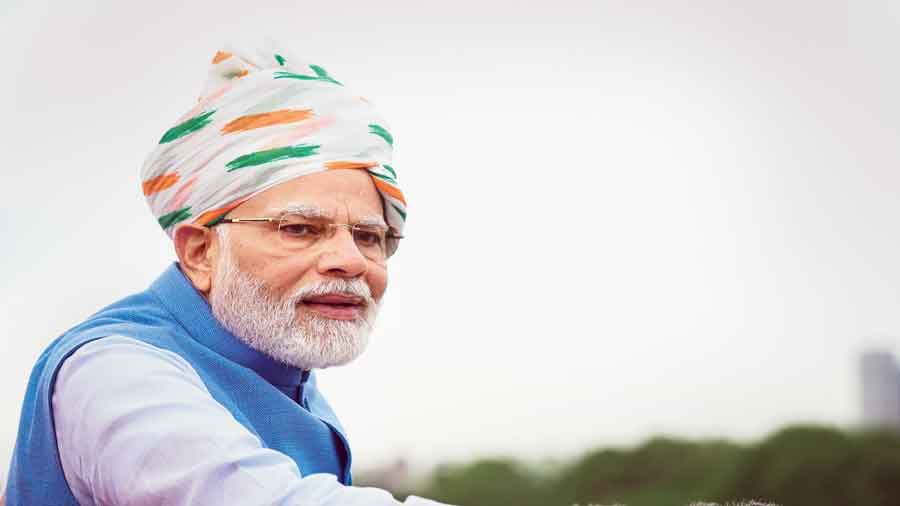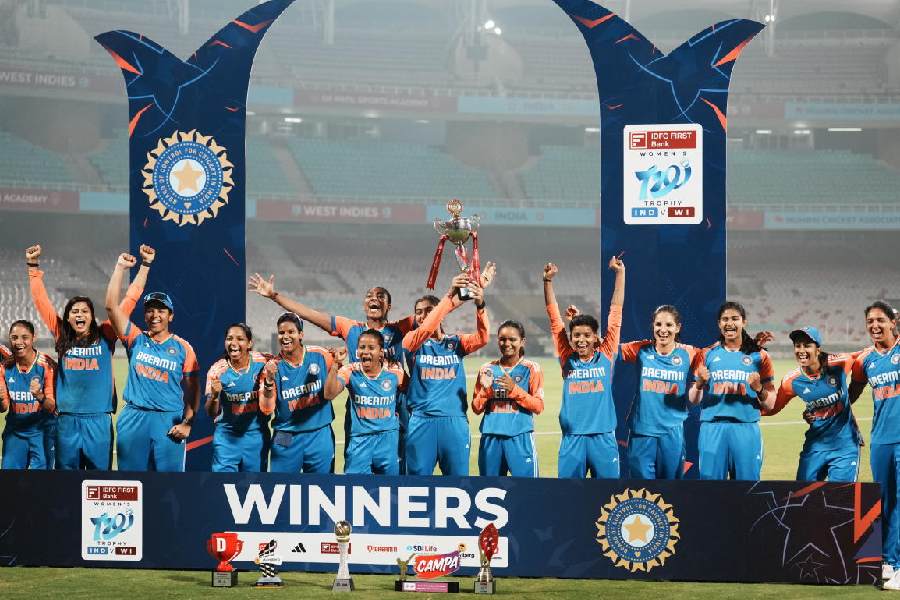In an interview after the elections in Gujarat, Zafar Sareshwala, a confidante of Narendra Modi, noted that Muslims are gradually turning to vote for the Bharatiya Janata Party. He also said that if the Congress is voted to power, it makes no difference to the living conditions of Muslims. In other words, the former prime minister, Manmohan Singh, saying that Muslims have the first right over the resources of the country makes Hindus anxious and gives nothing concrete to Muslims. The BJP, on the contrary, gives Hindus a sense of empowerment by marginalising Muslims who are also provided some space in terms of benefits. In response to Modi`s overtly communal mobilisation and statements, Sareshwala said, “statements are not important; what work he does on ground is important.” On social and spatial ghettoisation of Muslims in Gujarat, he said it is not just Muslims but also Brahmins, Jains and Patels also don’t stay in common neighbourhoods. It is another matter that such popular sentiments are being converted into a form of governance and State policy by the BJP-RSS. Samrasta then is about erecting permanent walls where they are nebulous and new walls where there were none.
But the point remains that the BJP-RSS are weaponising cultural practices that exist on the ground. What this vision does is build a commonality of Hindu identity in spite of its segregated nature. It allows a sense of religious empowerment without altering caste equations, thereby reframing hierarchical cultural practices into neutralised, lateral ones. Discrimination and prejudice are thus celebrated as a legitimate culture — the ‘Indian way of life’. The BJP-RSS are hoping that this mode of social arrangement — re-adjusting social imagination in terms of fixed aspirations rather than a universal principle of equality — could lessen social conflict.
Development is routed through culture in the Indian context. But could the mobilisation of local leaderships across marginalised caste groups through representation generate a sense of empowerment and weaken the urge of forging ties into such larger conglomerates as Dalit or other backward classes?
All of this presents a model of hegemony that simultaneously neuters the possibility of resistance. This the reason why the BJP has been able to garner support cutting across castes, classes and regions and is now inching towards receiving support across religious communities.
A stark example is the policy of EWS reservation. It has created a separate kind of entitlement for the upper castes in the name of economic backwardness. Even though it used the economic criterion to exclude the scheduled castes, scheduled tribes and OBCs who constitute the majority of the poor, the BJP is certain that the policy would not only consolidate its position among caste Hindus but it would also retain the support of the other castes. Opposing such a policy on the grounds of exclusion would mean antagonising caste Hindus without the guarantee of gaining support among the Bahujans. The other alternative could have been to read the vulnerability among caste Hindus to justify their insertion into the OBC fold, just as the Teli caste in Gujarat was included in the OBC list. But this kind of inclusion often runs into rough weather as existing OBCs are seldom happy about the steepening of competition.
Samrasta is thus a vision that plays both on the success of social democratisation and the failure of economic equality in the past. It is creating a sense of resignation among Muslims but also promising a sense of inclusion through the outreach to Pasmanda Muslims. The story runs along similar lines for caste groups on the margins. Earlier, there was a promise of inclusion without substantial mobility; today, with Samrasta, there are the attendant concerns of exclusion and Othering along with the potential of mobility.
Would such a vision permanently obstruct aspirational mobility or would it alter the idea of mobility? The answer will decide the social character and political behavior of the subaltern castes and classes in the future.
Ajay Gudavarthy is Associate Professor, Center for Political Studies, JNU











